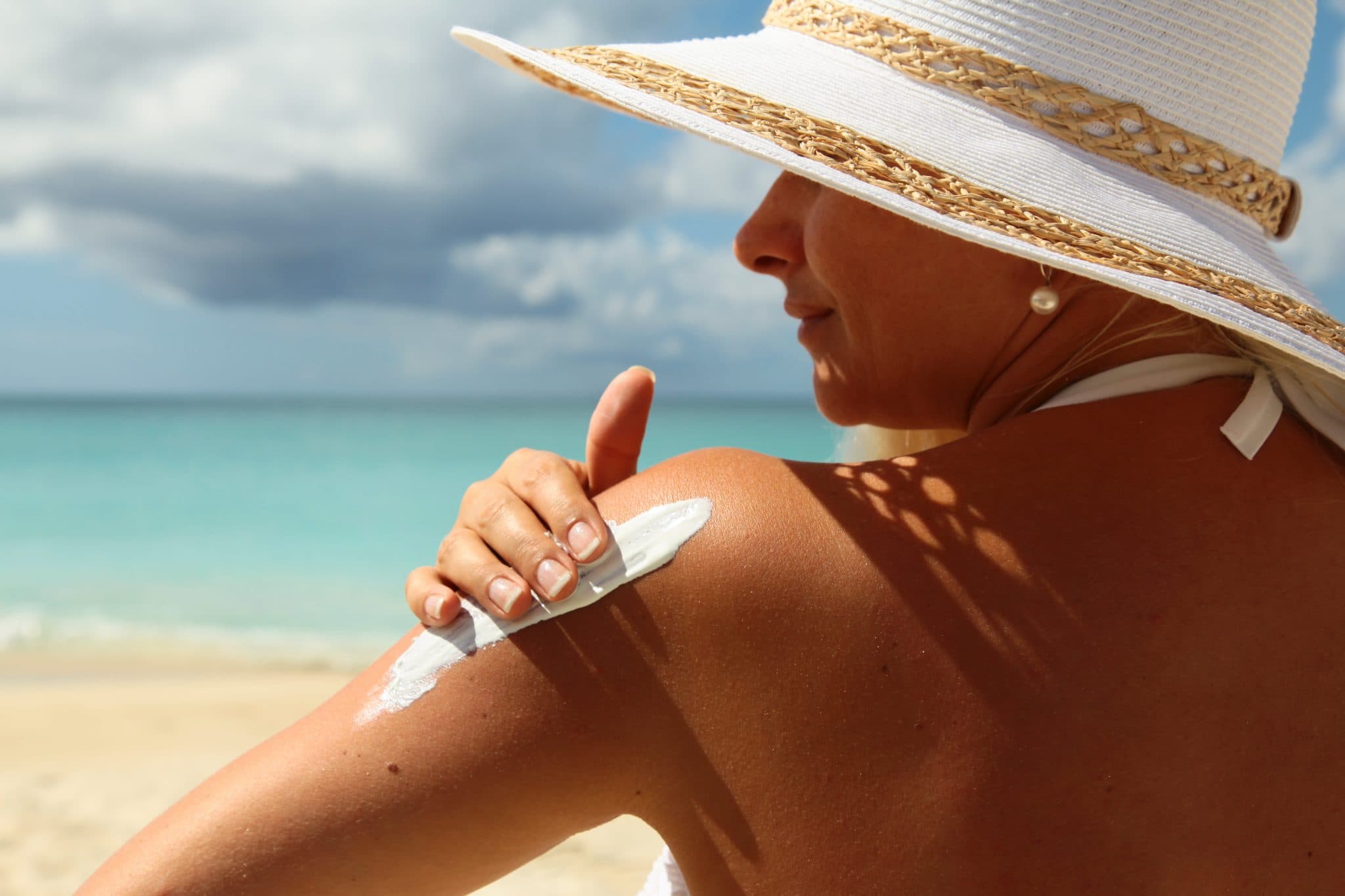
2025-07-31T16:54:08
Different Types of Sunburns and How to Treat Them
- Dermatology
September 13, 2017 | Dermatology
Specialties:Dermatology

A sunburn is a red, painful patch of skin that feels hot to the touch, and it commonly appears within a few hours after exposure to too much ultraviolet (UV) light. Sources of this light include the sun or artificial sources like sunlamps. Sunburns can take several days or even longer to clear up.
Regular sun exposure leading to sunburn increases the risk of skin damage and other skin diseases, including cancer.
Symptoms
The signs and symptoms of a sunburn may include:
Any part of the exposed body can burn, and even covered areas can burn if clothing has any elements that allow UV light through. The eyes can also burn. Symptoms generally appear within a few hours after sun exposure, though it may take up to a day or longer to know the full extent of the burn. In some cases, the body will heal itself after a few days by peeling off the top layer of damaged skin, after which skin may appear strangely colored or patterned. Severe sunburns can take several days or longer to fully heal.
If the sunburn is blistering, covering a large portion of the body, accompanied by a fever or extreme pain, or doesn’t improve within a few days, see your doctor. Also seek medical care if you notice symptoms of an infection, like increasing pain, tenderness, swelling, yellow drainage or red streaks from an open blister.
Repeated sun exposure leading to sunburn can increase the risk of several skin conditions:
Sunburns are caused by exposure to too much UV light—both UVA (associated with skin aging) and UVB (associated with sunburn). Sunlamps and tanning beds also produce UV light, and therefore can cause sunburn. A suntan is a way the body blocks UV rays to prevent sunburn and other damage, but this protection only lasts so long.
Some people think they can’t get sunburned on cloudy or cool days, but this is false. Up to 80 percent of UV rays pass through clouds, and several reflective surfaces can reflect UV rays and burn the skin. Risk factors for sunburn include:
Drugs that make you more likely to burn (photosensitizing medications)
Sunburns will heal over a period of days, depending on the severity. Specific treatment won’t heal the skin, but it can reduce pain and prevent swelling and discomfort. For severe sunburns or those that don’t respond to home care, your doctor may offer treatment options.
Prevention methods for sunburns include:
If you have regular sunburns or a severe sunburn, speak to your doctor about treatment methods and prevention.
Our providers take time to listen and communicate clearly with each patient, and our professional and courteous staff provides quality, personalized care for all of our patients’ general health and medical needs. We specialize in weight control, depression management, skin care, hormone replacement, cardiac conditions and cholesterol management. We strive to provide our patients and their families with quality healthcare services and respect their right to participate in all treatment decisions.
Sources:
“Sunburn.” The Mayo Clinic. http://www.mayoclinic.org/diseases-conditions/sunburn/home/ovc-20323191
“Sunburn.” WebMD. http://www.webmd.com/skin-problems-and-treatments/guide/sunburn#1

WRITTEN BY:
The Live Better Team

2025-07-31T16:54:08

2025-06-10T13:54:10

2024-11-15T13:52:32

2024-08-28T16:28:07
This information is not intended to replace the advice of a medical professional. You should always consult your doctor before making decisions about your health.